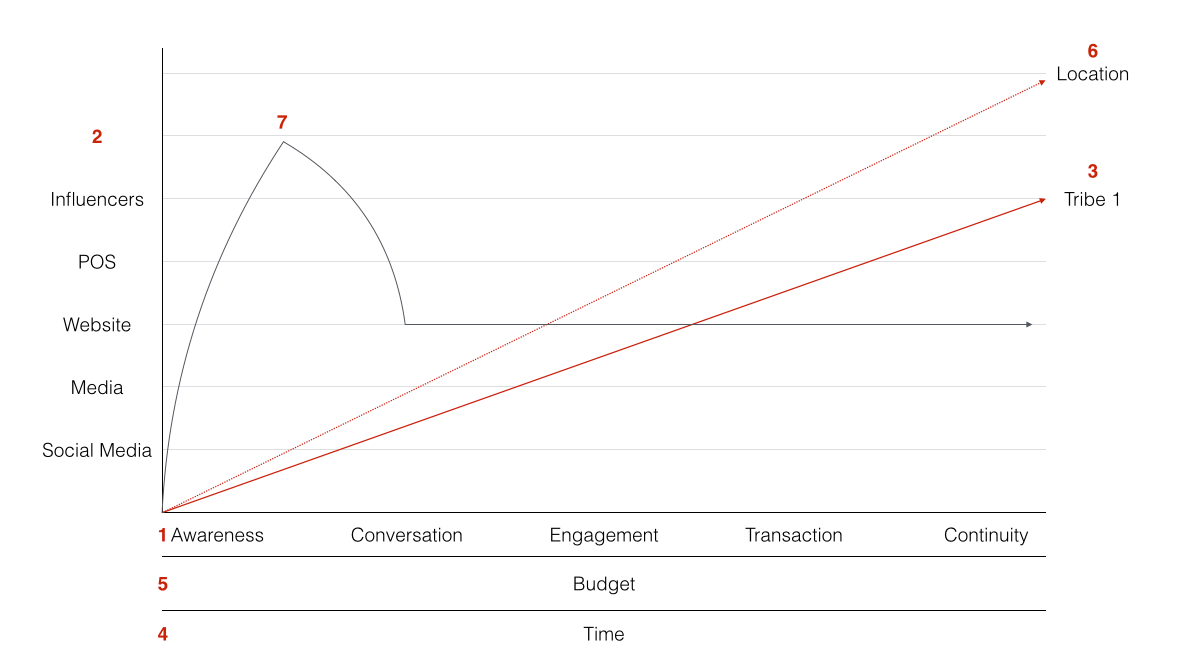Everything we do as an agency has a strategy, an analysis and most importantly, a multi-dimensional digital plan. What does it mean to think multi-dimensionally when planning for digital? We will carefully explain below.
First, we need to review some key points that will help us understand this whole idea:
- Tribes: Specific, pre-determined, niche audiences who we understand at a demographic and psychographic level, knowing their hobbies and interests.
- Objectives: Clearly defined goals that are categorized into Marketing or Communications.
- Affinity: The strong similarities we share with those tribes. The underlying reasoning that the more people we reach is not always better, but reaching those highly qualified followers will always lead to superior results.
- Strategy: Build a plan that will help you discover new things and learn from your audiences, leading to teaching your clients something that they might not even know about themselves.
- Intelligent Data: Take action over your findings.
We can’t forget that planning in digital is a challenging task because:
- There are multiple touch points in which we connect with our audience.
- We must integrate different channels involved in the strategy.
- Each channel has its own metrics platform, but we must analyze and understand each one to assure a successful campaign.
- We need to find a way to compile the different measurements.
Fortunately, there is a solution to this last challenge, and that is to create a mathematical structure and assign values to our objectives. This will lead to building an algorithm that can explain and quantify our success. So, what does a multi-dimensional strategy actually include?
It looks something like this:
- An inbound funnel: Awareness, engagement, conversation, transaction and continuity.
- Touch points: Where we connect with our tribes throughout the strategy, and the different stages of the inbound funnel.
- Tribes: Two or three clearly defined audiences. Each tribe needs its own multi-dimensional table.
- Timeline: Time frame in which the campaign will run full circle, including specific KPIs throughout the entire process.
- Budget: When and how much we will invest for the campaign to be successful.
- Location: Where the campaign takes place.
- Product life cycle: Where our product or service falls in the inbound funnels as we begin a strategy or campaign.


